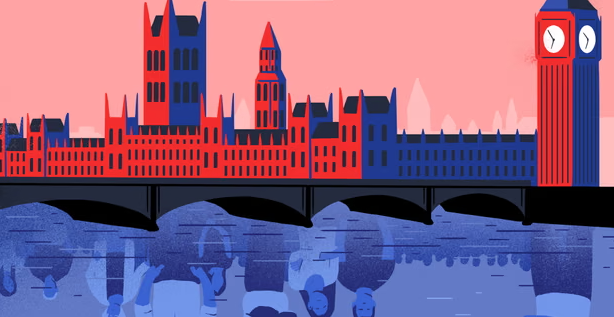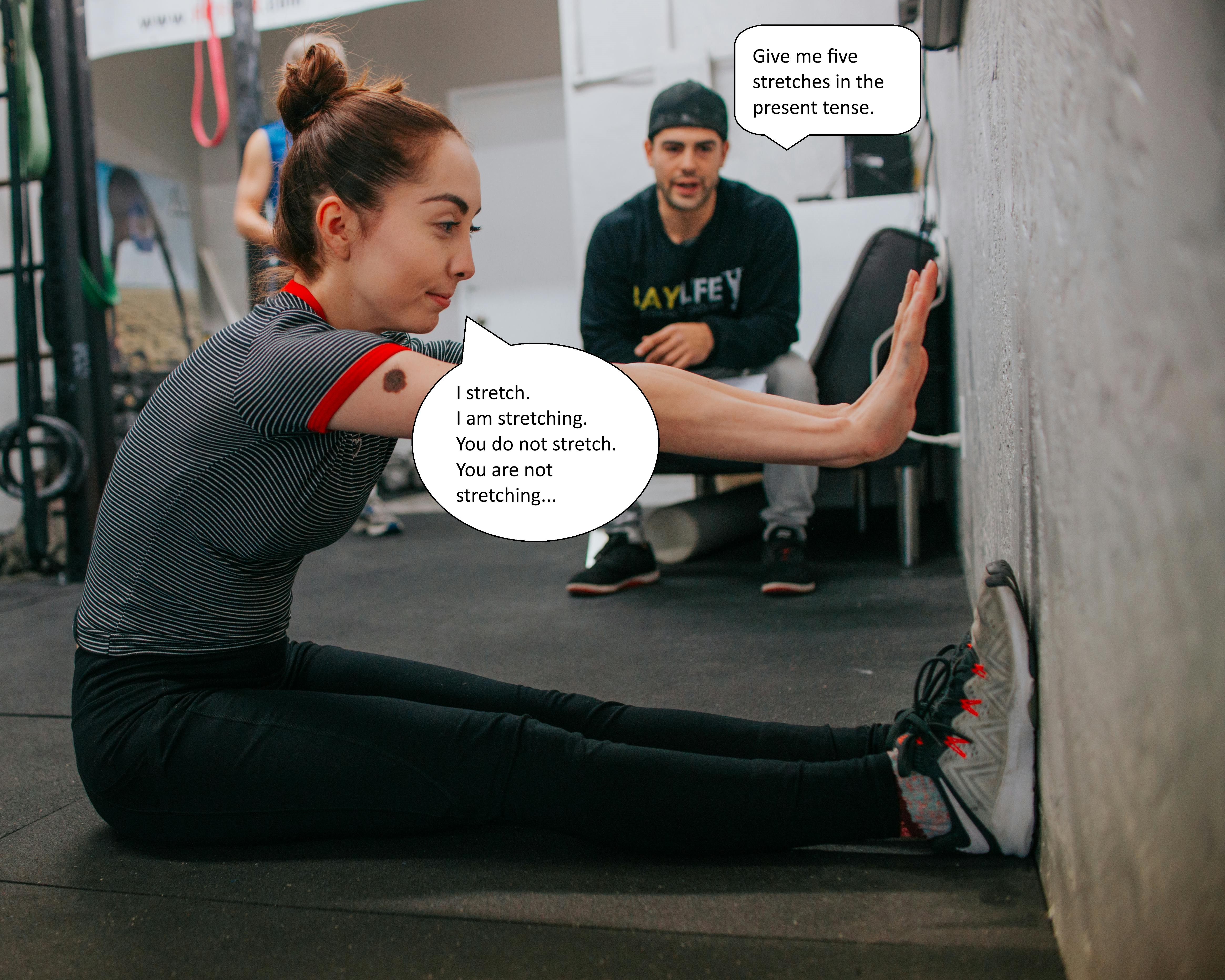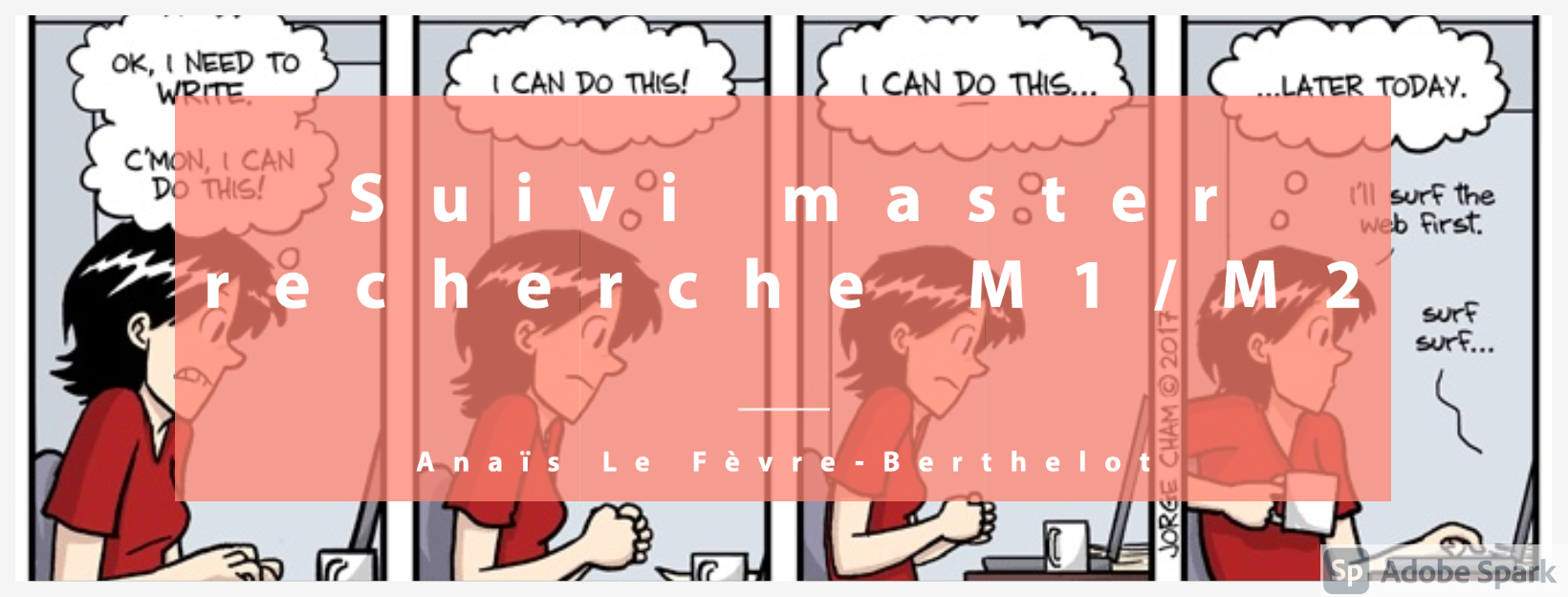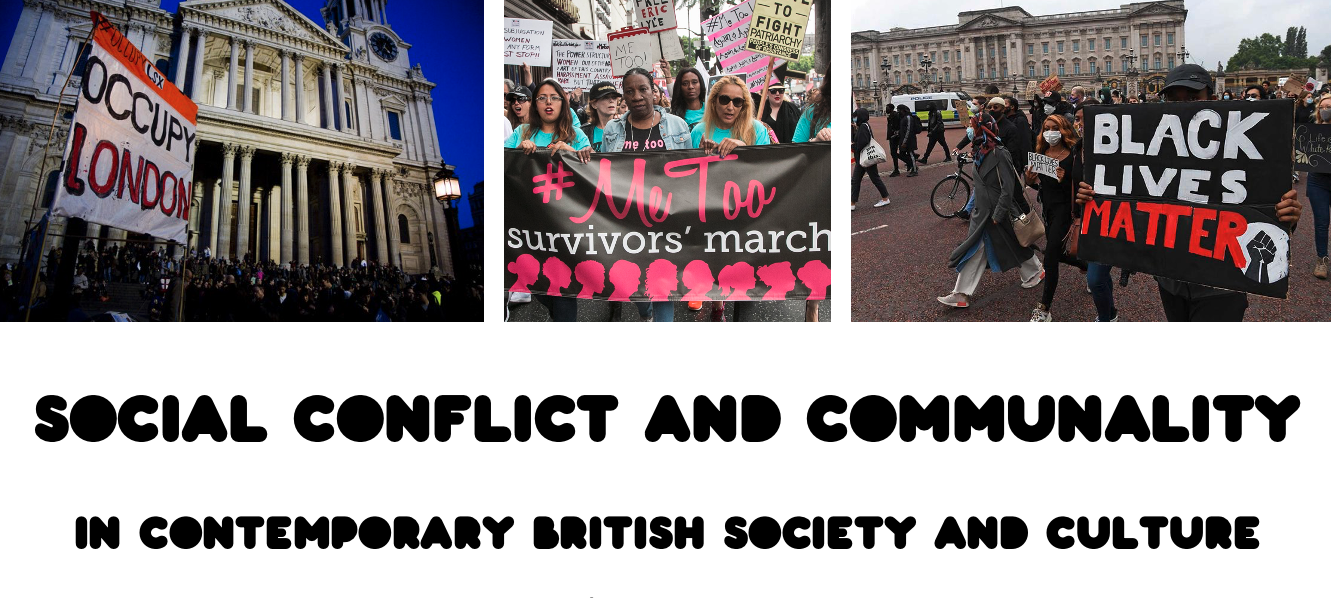
M1 / Semestre 7 – Bloc 1 (Majeure) – B. Enjeux et pratiques disciplinaires
UE2 : Enjeux contemporains (Cultural Studies) - Cours de D. Haigron
Social conflict and communality: Class, gender, and race in contemporary British society and culture
British society is built on structural divisions based (mostly but not entirely) on class, gender and race, and its construction is driven by conflicts between categories of the population defending their respective interests in power relations, usually with an opposition between discriminated minorities and an hegemonic group. These conflicts have contributed to fostering communitarian identities and histories (Orgreave, Dagenham, #MeToo, Black Lives Matter, etc.), but have also found their place in collective national memory. This course will analyse social conflicts from a sociological and cultural perspective. The aim is to assess how they gained mythological status as defining landmarks, and how they participated in shaping British society. This will finally raise the question as to whether social conflict also —somehow paradoxically— helped build togetherness and communality, within or between the various sections of society.
Selected bibliography
BANYARD, Kat. The Equality Illusion: The Truth about Women and Men Today. Faber & Faber, 2010.
CANNADINE, David. The Undivided Past: Humanity Beyond our Differences. Alfred A. Knopf, 2013.
GILROY, Paul. There Ain’t No Black in the Union Jack: The Cultural Politics of Race and Nation. Routledge (1987), 2010.
HALL, Stuart, et al., eds. Representation. Sage & Open University, 2013.
JONES, Owen. Chavs: The Demonization of the Working Class. Verso, 2016.
PANAYI, Panikos. An Immigration History of Britain: Multicultural Racism since 1800. Longman, 2010.
SKEGGS, Beverley. Formations of Class and Gender: Becoming Respectable. Sage, 1997.
UE2 : Enjeux contemporains (Cultural Studies) - Cours de D. Haigron
Social conflict and communality: Class, gender, and race in contemporary British society and culture
British society is built on structural divisions based (mostly but not entirely) on class, gender and race, and its construction is driven by conflicts between categories of the population defending their respective interests in power relations, usually with an opposition between discriminated minorities and an hegemonic group. These conflicts have contributed to fostering communitarian identities and histories (Orgreave, Dagenham, #MeToo, Black Lives Matter, etc.), but have also found their place in collective national memory. This course will analyse social conflicts from a sociological and cultural perspective. The aim is to assess how they gained mythological status as defining landmarks, and how they participated in shaping British society. This will finally raise the question as to whether social conflict also —somehow paradoxically— helped build togetherness and communality, within or between the various sections of society.
Selected bibliography
BANYARD, Kat. The Equality Illusion: The Truth about Women and Men Today. Faber & Faber, 2010.
CANNADINE, David. The Undivided Past: Humanity Beyond our Differences. Alfred A. Knopf, 2013.
GILROY, Paul. There Ain’t No Black in the Union Jack: The Cultural Politics of Race and Nation. Routledge (1987), 2010.
HALL, Stuart, et al., eds. Representation. Sage & Open University, 2013.
JONES, Owen. Chavs: The Demonization of the Working Class. Verso, 2016.
PANAYI, Panikos. An Immigration History of Britain: Multicultural Racism since 1800. Longman, 2010.
SKEGGS, Beverley. Formations of Class and Gender: Becoming Respectable. Sage, 1997.
- Opettaja: David Haigron

Ce séminaire sera consacré à l’analyse linguistique à partir d’un corpus de séries télévisées. Le séminaire de 2025-2026, assuré par Sandrine Oriez, est axé sur la syntaxe de la phrase anglaise. Ce séminaire permet aux étudiants qui le souhaitent d'acquérir des connaissances en syntaxe indispensables pour passer les concours du CAPES et de l'agrégation.
Si vous êtes débutant.e en syntaxe (cf. étudiant.e ayant fait une Licence hors Rennes 2), pas d'inquiétude : le cours est structuré de manière à réviser/acquérir rapidement les bases de la syntaxe. Des pages de révision et des vidéos de révision sont disponibles sur la page du séminaire.
Le cours est en FRANCAIS.
Si vous êtes débutant.e en syntaxe (cf. étudiant.e ayant fait une Licence hors Rennes 2), pas d'inquiétude : le cours est structuré de manière à réviser/acquérir rapidement les bases de la syntaxe. Des pages de révision et des vidéos de révision sont disponibles sur la page du séminaire.
Le cours est en FRANCAIS.
- Opettaja: Anne-Laure Besnard
- Opettaja: Sandrine Oriez
- Opettaja: Manon Philippe
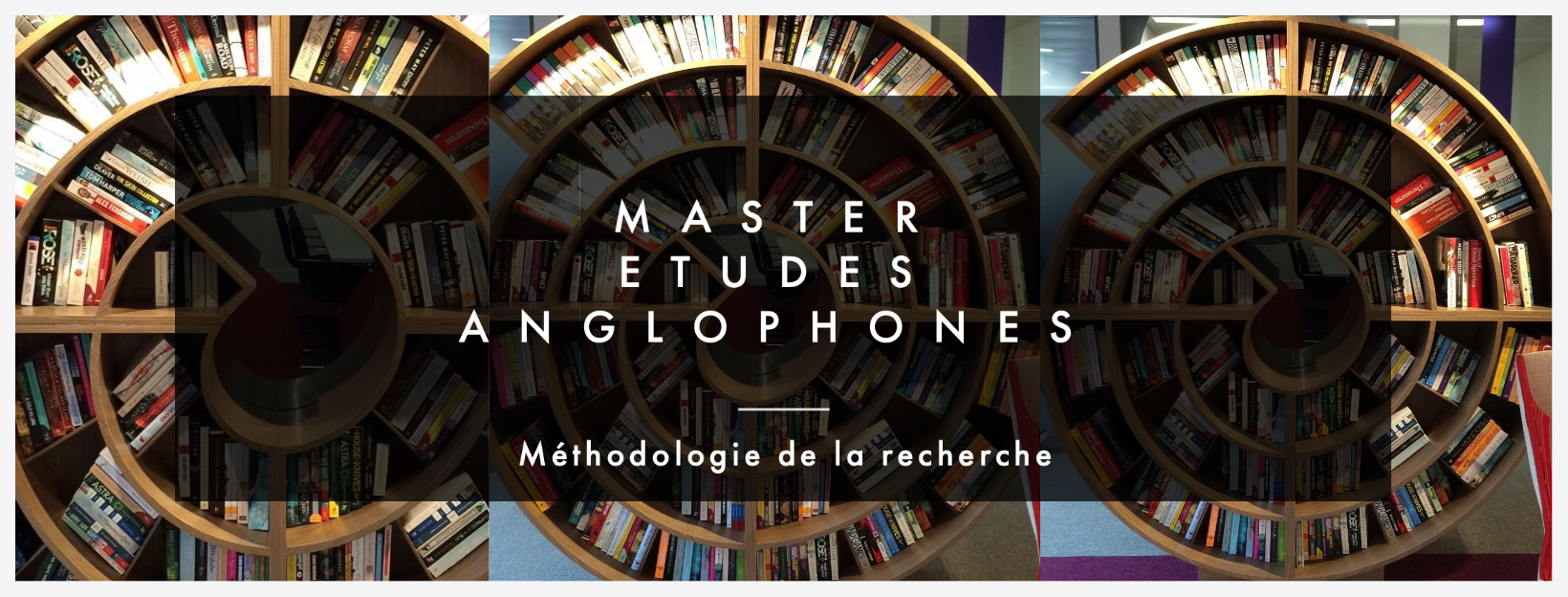
Cet espace cours vous donne accès à des ressources complémentaires.
Chaque enseignant·e pourra y déposer des documents.
Chaque enseignant·e pourra y déposer des documents.
- Opettaja: Sylvie Bauer
- Opettaja: Anne-Laure Besnard
- Opettaja: Claire Bonnel
- Opettaja: Stephanie Croizet
- Opettaja: Tatiana Gafanhao
- Opettaja: Anne Goarzin
- Opettaja: David Haigron
- Opettaja: Anais Le Fevre-Berthelot
- Opettaja: Cyrielle Le Her
- Opettaja: Helene Machinal
- Opettaja: Grainne O'Keeffe Vigneron
- Opettaja: Sandrine Oriez
- Opettaja: Manon Philippe
- Opettaja: Isabelle Picault
- Opettaja: Lucie Ribourg
- Opettaja ilman muokkausoikeutta: Yann Bevant
- Opettaja ilman muokkausoikeutta: Aurore Caignet
- Opettaja ilman muokkausoikeutta: Valerie Capdeville
- Opettaja ilman muokkausoikeutta: Nicole Cloarec
- Opettaja ilman muokkausoikeutta: Anita Cornic
- Opettaja ilman muokkausoikeutta: Emilie Dardenne
- Opettaja ilman muokkausoikeutta: Claudia Desblaches
- Opettaja ilman muokkausoikeutta: Renee Dickason
- Opettaja ilman muokkausoikeutta: Maggy Hary-Moussay
- Opettaja ilman muokkausoikeutta: Jean Pierre Juhel
- Opettaja ilman muokkausoikeutta: Anthony Larson
- Opettaja ilman muokkausoikeutta: Pierre-Yves Le Cam
- Opettaja ilman muokkausoikeutta: Claude Le Fustec
- Opettaja ilman muokkausoikeutta: Gildas Le Voguer
- Opettaja ilman muokkausoikeutta: Lesley Lelourec
- Opettaja ilman muokkausoikeutta: Delphine Lemonnier-Texier
- Opettaja ilman muokkausoikeutta: Mark Mcnaught
- Opettaja ilman muokkausoikeutta: Sophie Mesplede
- Opettaja ilman muokkausoikeutta: Adrian Morfee
- Opettaja ilman muokkausoikeutta: Francoise Remond
- Opettaja ilman muokkausoikeutta: Emma Renaud
- Opettaja ilman muokkausoikeutta: Johanna Sauvage
- Opettaja ilman muokkausoikeutta: Maria Tang
- Opettaja ilman muokkausoikeutta: Florian Treguer
- Opettaja ilman muokkausoikeutta: Aliette Ventejoux
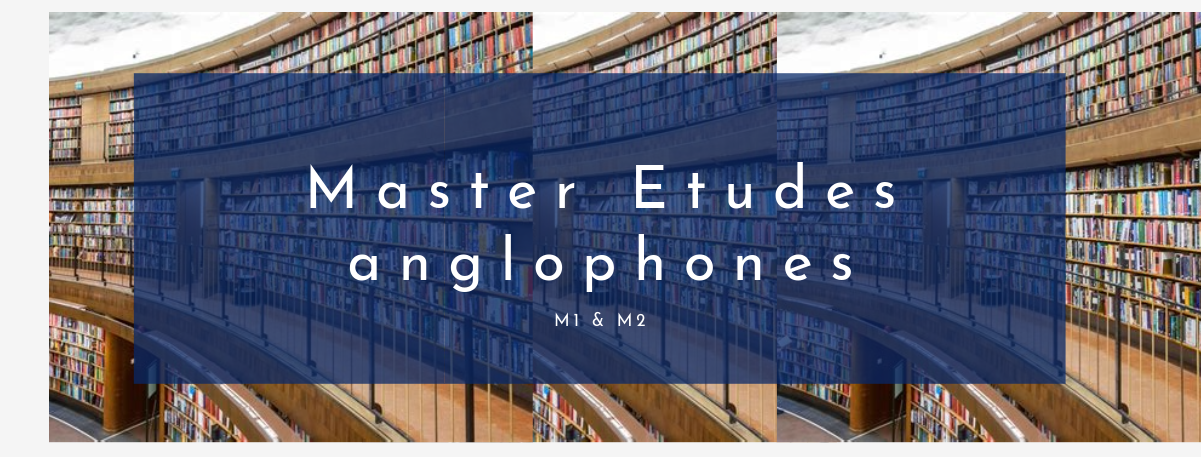
- Opettaja: Anais Le Fevre-Berthelot
- Opettaja ilman muokkausoikeutta: Sylvie Bauer
- Opettaja ilman muokkausoikeutta: Laurie Bereau
- Opettaja ilman muokkausoikeutta: Anne-Laure Besnard
- Opettaja ilman muokkausoikeutta: Yann Bevant
- Opettaja ilman muokkausoikeutta: Aurore Caignet
- Opettaja ilman muokkausoikeutta: Valerie Capdeville
- Opettaja ilman muokkausoikeutta: Guillaume Clement
- Opettaja ilman muokkausoikeutta: Anita Cornic
- Opettaja ilman muokkausoikeutta: Claudia Desblaches
- Opettaja ilman muokkausoikeutta: Renee Dickason
- Opettaja ilman muokkausoikeutta: Anne Goarzin
- Opettaja ilman muokkausoikeutta: David Haigron
- Opettaja ilman muokkausoikeutta: Maggy Hary-Moussay
- Opettaja ilman muokkausoikeutta: Jean Pierre Juhel
- Opettaja ilman muokkausoikeutta: Anthony Larson
- Opettaja ilman muokkausoikeutta: Pierre-Yves Le Cam
- Opettaja ilman muokkausoikeutta: Claude Le Fustec
- Opettaja ilman muokkausoikeutta: Gildas Le Voguer
- Opettaja ilman muokkausoikeutta: Lesley Lelourec
- Opettaja ilman muokkausoikeutta: Delphine Lemonnier-Texier
- Opettaja ilman muokkausoikeutta: Helene Machinal
- Opettaja ilman muokkausoikeutta: Mark Mcnaught
- Opettaja ilman muokkausoikeutta: Sophie Mesplede
- Opettaja ilman muokkausoikeutta: Adrian Morfee
- Opettaja ilman muokkausoikeutta: Grainne O'Keeffe Vigneron
- Opettaja ilman muokkausoikeutta: Sandrine Oriez
- Opettaja ilman muokkausoikeutta: Manon Philippe
- Opettaja ilman muokkausoikeutta: Francoise Remond
- Opettaja ilman muokkausoikeutta: Emma Renaud
- Opettaja ilman muokkausoikeutta: Maria Tang
- Opettaja ilman muokkausoikeutta: Donia Touihri-Mebarek
- Opettaja ilman muokkausoikeutta: Florian Treguer
- Opettaja ilman muokkausoikeutta: Aliette Ventejoux

Espace en supplément du cours de phonologie proposé aux étudiant.e.s de MEEF anglais
- Opettaja: Sandrine Oriez
- Opettaja: Manon Philippe

Resources to accompany the M1 MEEF anglais course "Pratique appliquée de l'oral" taught by Anthony Larson
- Opettaja: Anthony Larson

- Opettaja: Anne-Laure Besnard
- Opettaja: Anne Goarzin
- Opettaja: David Haigron
- Opettaja: Florian Treguer
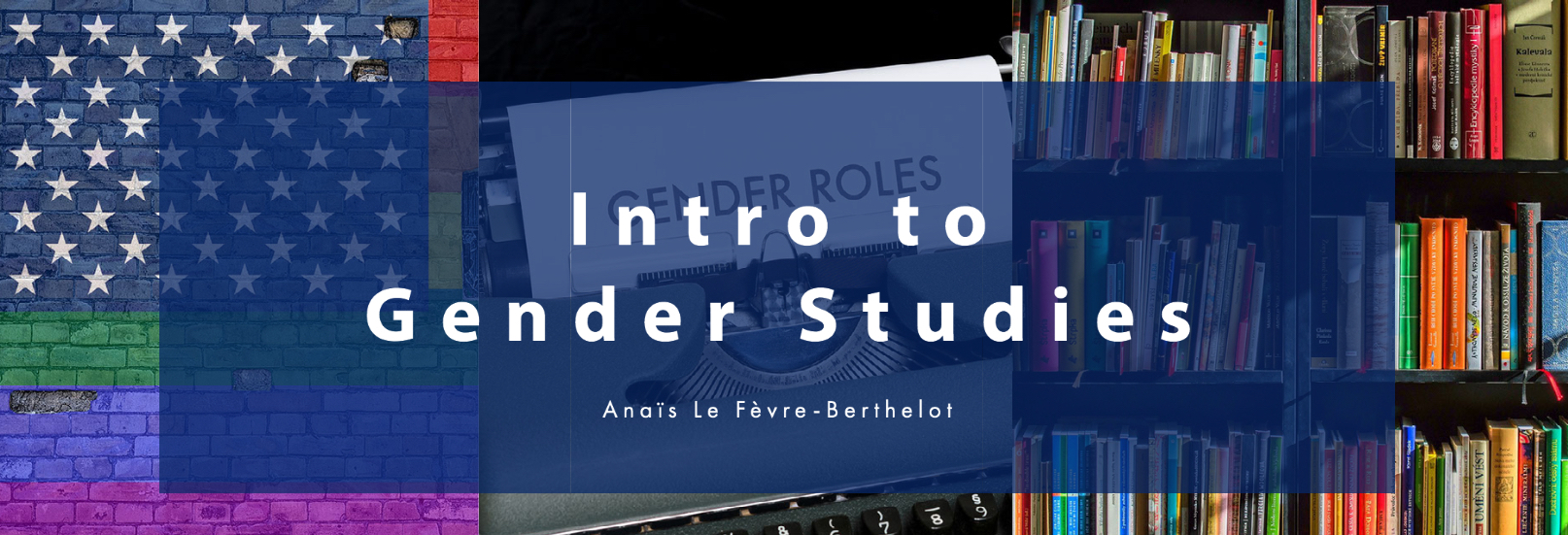
- Opettaja: Anais Le Fevre-Berthelot
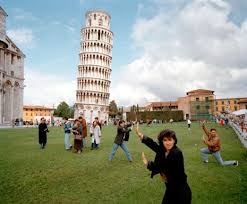
Ce cours est destiné aux MEEF1 (8 séances) et aux MEEF 2 (4 séances).
Photo : Copyright Martin Parr
Photo : Copyright Martin Parr
- Opettaja: Anne Goarzin
- Opettaja ilman muokkausoikeutta: David Haigron
- Opettaja: Adrian Morfee
